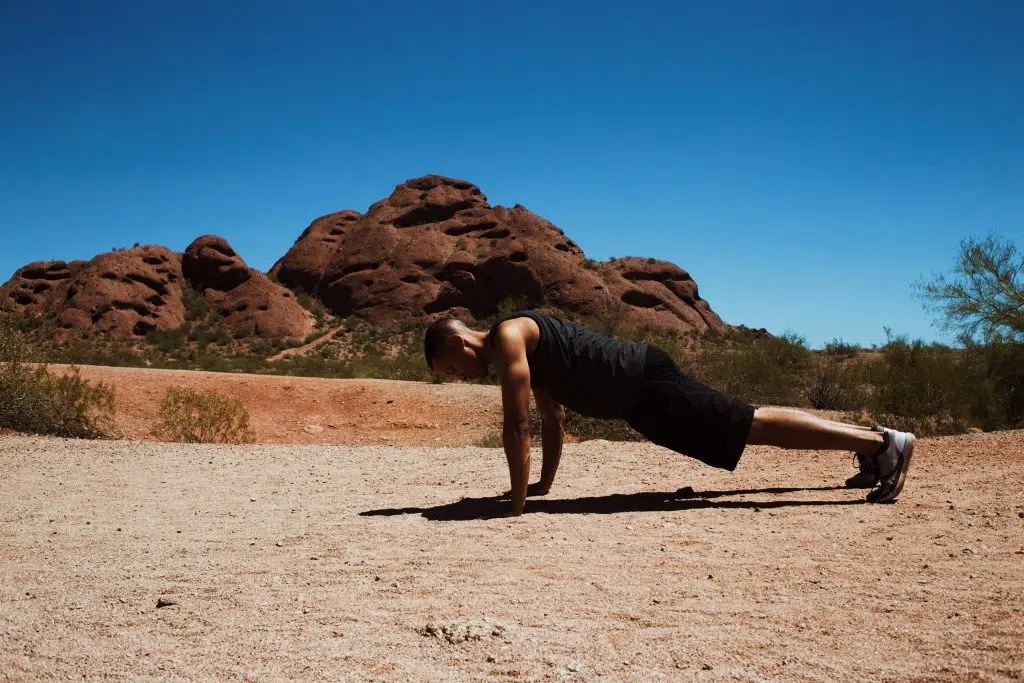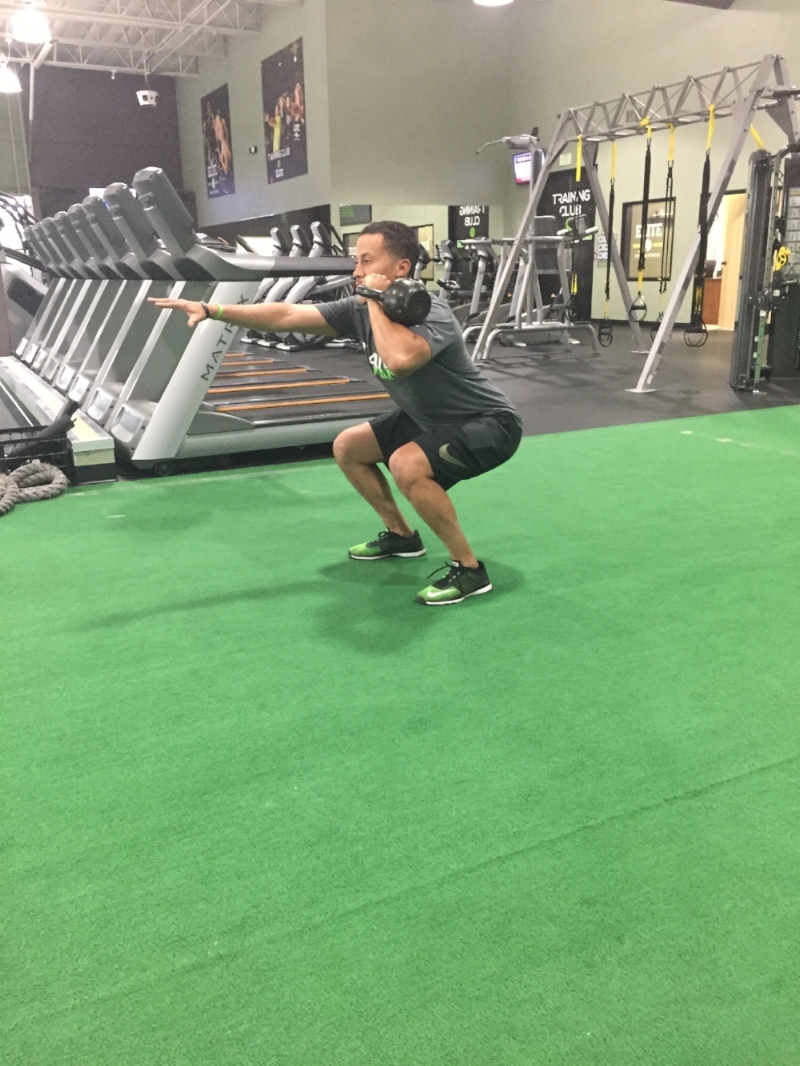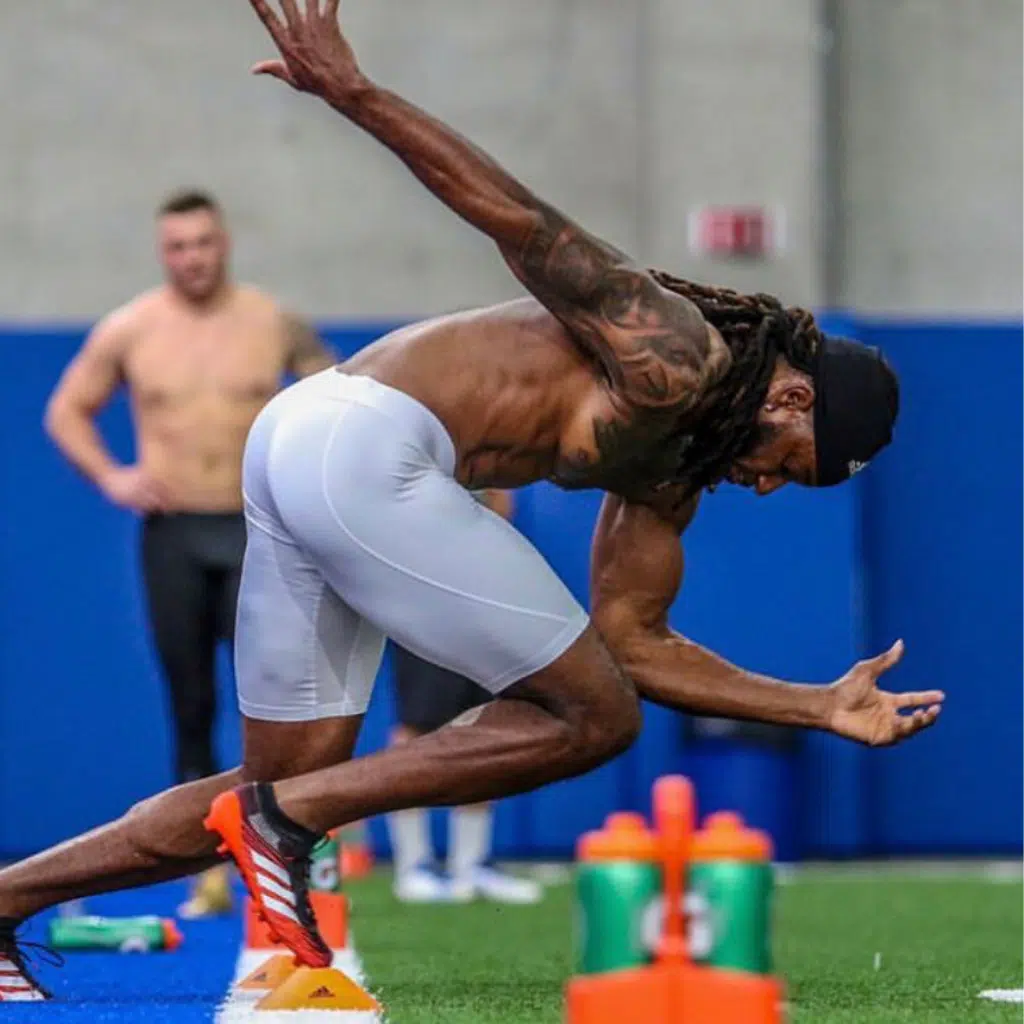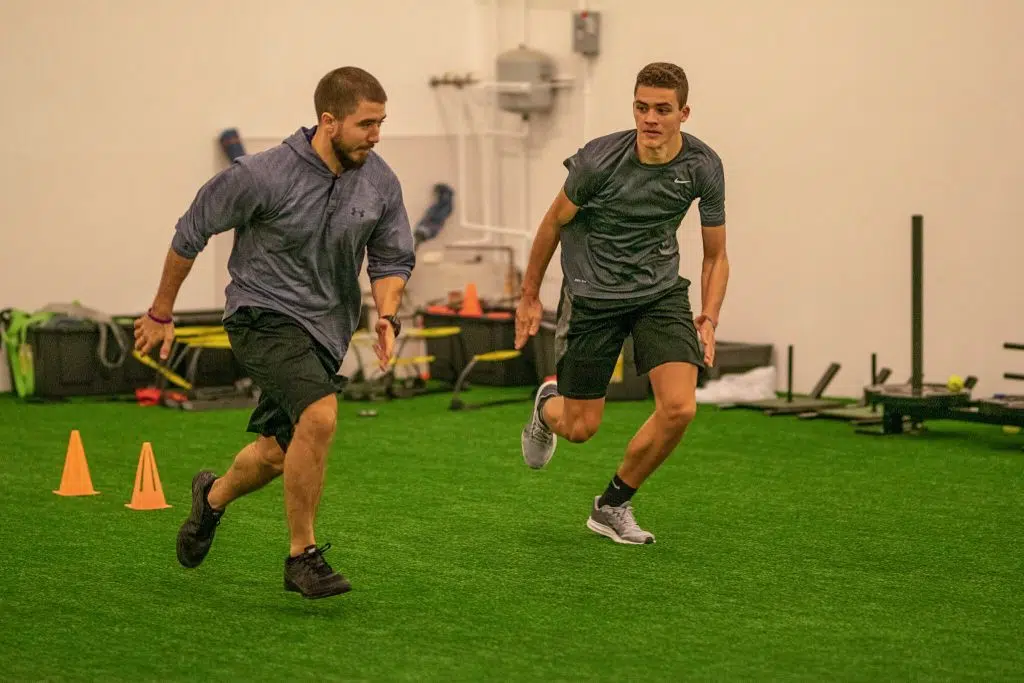A wise man once said that change is inevitable…The same can be said for fitness. Over the years, the fitness industry has gone through many different fads and phases. Gone are the days of the miracle fitness contraption that promises profound results with little effort (Shake Weight anyone??). But one thing that hasn’t changed is the value of compound exercises.
Remember those pull ups your 4th grade gym teacher made you do?..Yes it turns out your crazy gym teacher was right. Compound exercises are great and they should be the base of your fitness program. Although there is no magic solution to getting better results, faster, compound exercises will help expedite your progress. First, lets start with a little background on the topic.
Compound vs. Isolation
So what are compound exercises?…Compound exercises (also known as compound movements) are exercises that involve multiple joints of the body at one time. An example of this would be a push up. Push ups involve joint movements at the wrist, elbow, and shoulder. Compound exercises also involve multiple muscle groups. For the pushup example, think shoulder, chest, triceps, and abdominals as the primary muscle groups being used. Its counterpart , isolation exercises, are exercises that involve only one joint. An example of this would be a tricep extension.
Examples of Compound Lifts:
Lower Body: Squats, Step Ups, Deadlifts, Romanian Deadlifts
Upper Body: Bench Press, Pull ups, Military Press, Rows
Consequently, isolation exercises only involve one major muscle group. These are usually the exercises that you see your local gym bro doing at the squat rack in front of the mirror (you know who you are!). There are numerous reasons why compound exercises are superior to isolation exercises. Today we will be covering 3 of the big ones.
Examples of Isolation Exercises:
Lower Body: Knee Extensions, Hamstring Curls, Hip Abd/Adduction Machines
Upper Body: Bicep Curls, Tricep Extensions, Shoulder Raises
1) Compound Exercises Burn More Calories
Offset KettleBell Squats
For the purpose of this article, take a moment to think about the effort that it takes to do 10, 45 pound knee extensions…Now think about the effort it takes to do 10, 45 pound back squats.
Big difference right??…Compound exercises involve a greater percentage of your body’s muscle fibers and requires a greater caloric demand. Basically, due to the high level of involvement of compound exercises, you burn calories at higher rate. Also, here’s a little bit deeper at why I’m not a huge fan of the knee extension machine.
Tip: Try squats or step ups instead. For step ups, lower the box height and increase the weight to target the quads more.
2) Get Stronger and build lean mass faster
Compound exercises allow you to move more weight and progress your strength faster that isolation exercises. The best way to gain lean mass and strength is to progressively overload the stress put on your muscles. The easiest way to do that is progressively move more weight in a safe and efficient way. So instead of shooting for 5 more pounds on your tricep press downs, shoot for being able to do an unassisted dip instead.
There there’s the issue of hormones. Growth hormone (GH) to be exact. No, not the stuff that you read about athletes “juicing” and their heads suddenly getting bigger well into adulthood. I’m talking about the GH that naturally occurs in our bodies. One of the hormone that is most important for growing lean muscle. Studies compound exercises also release more growth hormone (GH) in our body than Isolation exercises. Key exercises like squat and deadlifts are particularly effective at releasing GH.
Tip: For bigger biceps, ditch the bicep curls and do chin ups.
3) Time Efficiency
Look we’re all busy. Between hectic work schedule, and other obligations, gym time can be at a premium. Since compound exercises work multiple muscle groups, you can get more work done in a shorter amount of time. So why try and isolate every muscle group and spend 2 hours at the gym? You can easily structure a balanced and effective workout in 30 minutes to an hour. Cut your gym time down and increase your effectiveness.
a Push up would be in the “push” category
Tip: For a total body workout, try categorizing your exercises by movement instead of muscle group. For example, pairing a “push” exercise with a “pull” exercise. Like push ups (push) with pull ups (pull).
Conclusion: What we can take away
Isolation exercises have their time and place. I do them, and I have my clients do them. They can be a starting point for a rehab protocol and a great tool for correcting muscle imbalances. But unless those conditions apply to you, then isolation exercises should not make up the majority of your training. A good rule of thumb, is start you workout off with compound exercises, and finish with isolation exercises. Isolation exercises can be used here and there, but compound exercises should be the meat and potatoes of your program. So grab some weights, find a pull up bar, and make your 4th grade gym teacher proud!







